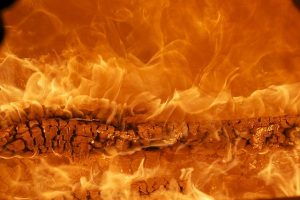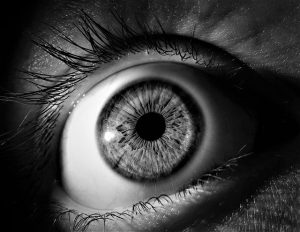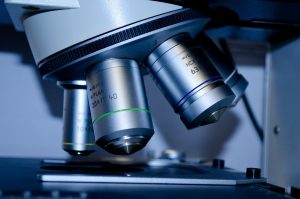Fire extinguisher is the first defense against fire. It holds a very important role in fire accident prevention. Every fire accident is initiated by small fire at the beginning.

Due to its importance, so it is crucial for everyone in the plant site to know about nine facts about fire extinguisher. By knowing those facts, it is hoped that people could improve their ways on how to manage the whole aspects of fire extinguishers.
All fire extinguishers are not same. Each type of fire can only be extinguished by certain type of fire extinguishers. Never think that all fire extinguisher equals.
Fire extinguisher is used for putting out or controlling small fire.
Fires are classified into the following classifications:
- Class A: burning lumber, paper, plastic, carbon, etc.
- Class B: includes fire from flammable or combustible liquids like kerosene, fuel oil, gasoline, organic solvents.
- Class C: involves fire that comes from energized electrical equipments such as electric heater, power tools, etc.
- Class D: involves combustible metals, like titanium, magnesium, potassium and sodium.
- Class K: involves kitchen fires
Typical fire extinguishers and their uses are:
- water extinguisher: for class A fire
- dry chemical extinguisher: for class ABC and class BC fires.
- Carbon dioxide extinguisher: for class B and C fires.
- metal/sand extinguisher: for class D fire
- water mist extinguisher: for class A fire with potential class C hazard
- Fire extinguisher should be located at the proper place in order to make it easy to reach and use.
- Marking for fire extinguisher location is very important to make it easy to recognize.
A monthly inspection is required to ensure its condition. More often inspection is required for severe environments. Inspection should include checking of inside pressure, nozzle, pin, tamper seal, dent, rust, leak, chemical deposits and weight.
- Refill it immediately after use for full protection.
- Replace immediately damage fire extinguishers.
- A complete map of fire extinguisher, which informs fire extinguishers location in the plant site and office should be available and can be easily accessed by all person in your company.
- Even though a clear instruction is already available on every fire extinguisher, but actual training will never be replaced. Training on how to use fire extinguisher is really important. And this program should be regularly scheduled for every person in the company.
- We have only several seconds to stop fire from growing and cause big fire accident. This accident prevention could only be implemented by having reliable fire extinguisher and well-trained people who will operate the fire extinguisher. What we have to do is mastering all the above facts about fire extinguishers.



